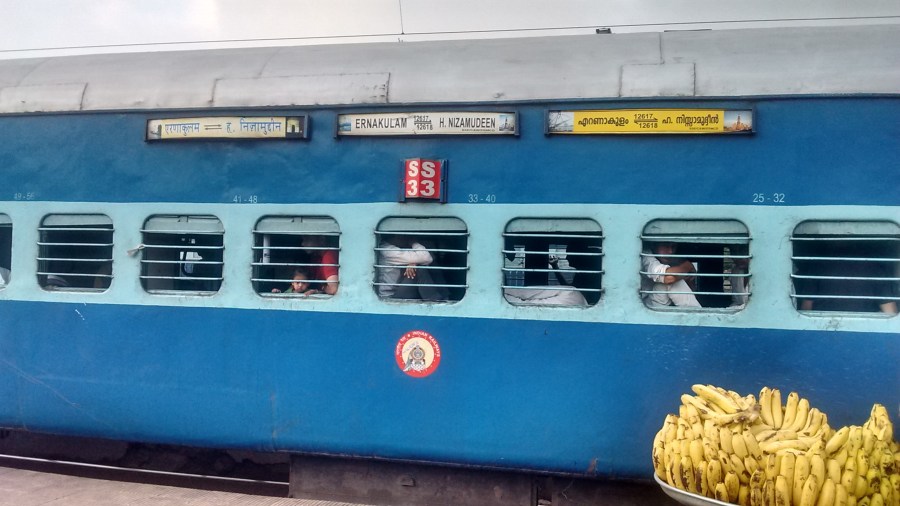
Indian Railways may be the first love for many people in India until they board a flight to find an equally amazing experience. The first flight that I boarded ever in my life was while I was in my first year of Ph.D., realising the dream ‘Now everyone can fly’ of Air Asia. Probably my first travel abroad was only possible due to the low-cost carriers like Air Asia.
In flights, the most amazing parts are take-offs and landings and the rest is ‘it depends’. In train, there are no take-offs and no landings and the journey is ‘it depends’.
Meanwhile, one would miss the importance and charm of Indian Railway while abroad having found that most countries do not have a railway network and even if present, they only cater to small scenic portions around tourist destinations like Machu Pichhu to mention one. In addition, the cost factor is a significant point to be considered. Railway penetration and significant difference in the cost incurred on the commuters’ end has as a result made long distance bus travel in India unviable and unimaginable. In South America, due to absence of Railway networks people from Lima travel all the way to Buenos Aires on bus traversing several thousand kilometres. In India, that would mean people from North India going all the way to Kerala on bus and people from Gujrat travelling to India’s north-east (geographically east).
Imagination apart, what Indian railways offer is a reality. One need not take a tourist train like Maharaja Express or Deccan Odyssey to experience what India has to offer. One just need to board a train. Foreigners are also entitled to a railway pass that allows them unlimited travel under the given period.
Trains go on different routes and hence the experiences. Hence, the train route decides to a greater extent how interesting a journey would be. Though expats may sometimes enjoy all the ‘organised chaos’ they may infer different things differently. A person going to Kerala by Kerala Express and another person going to Kerala on Mangala Lakshdweep Express would certainly have different perception of the route. Kerala Express from my point of view passes through barren land until it enters Kerala. However, route of the latter is along Western Ghats on Konkan Railways route.
From a travellers’ point of view, I need not say what is the difference between an air travel and a travel on train. Besides it is a cheap option, even cheaper using a Circular journey tickets, it is a good way of saving on inter-related expenses. For foreigners, a night train can save one night hotels’ expenses and in addition, a railway ticket entitle you to cheap railway retiring room on the days near arrival and departure mentioned on the tickets. In this context, one thing to be avoided is to check everything online, and lose hope. It might not available on the day when you checked it online, but may be available later. I got a cabin with bed at Ernakulum directly on the spot while appearing with my train ticket.
Far from the trains or the scenic routes are the co-passengers travelling with you, with contrasting differences across the classes of accommodation. I have travelled in the all the classes of Indian Railways except the Executive or First AC class, I have a feeling and most would agree with me that the level of arrogance gets upgraded with an upgrade in classes. I still sometimes travel in General class, and I understand what I mean by what I said earlier.
Presently, Indian Railways have made some areas like Katra in Jammu and regions in North-East in India more accessible for people in general and backpackers in particular. Needless to say here that air travel does not entitle you to see what Indian Railways would allow you. Seeing India while being on land is unmatched with any other mode of transport other than Indian Railways.


[…] for academic reasons. My first foreign trip was also the moment I boarded a flight, as in India, trains are more or less the most common means of […]
LikeLike